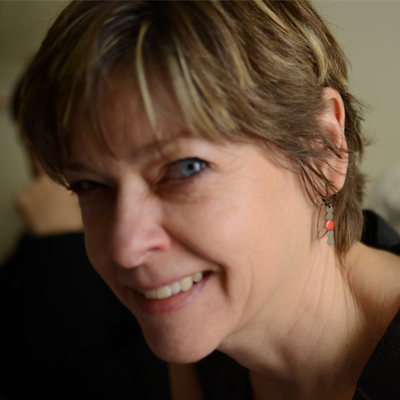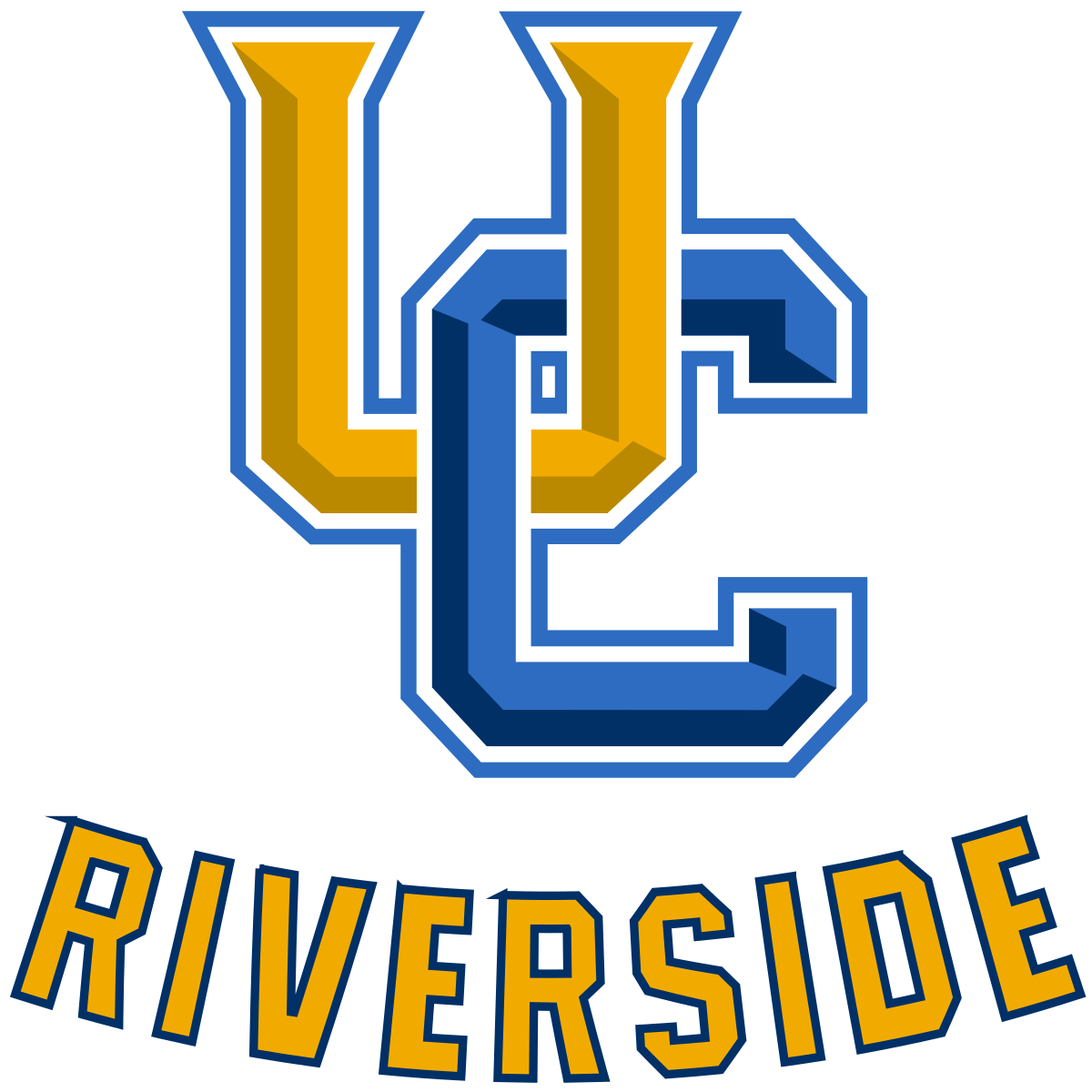Combining anthropology and art to understand globalization
It is easy to see that “globalization” has accelerated. The world is ever more mobile and interconnected. How does this change how we will live, work, love or imagine community in the future? Dr. Susan Ossman, of the University of California, Riverside draws on her long-term and up-close research on four continents to seek answers this question. Long-term she develops models for understanding the interplay of individual experience, culture and politics. Dr. Ossman was the first to develop “linked comparison,” a method of on the ground research on cultural practices that cross national and regional boundaries. Up-close, she takes the time to engage people in cafes, beauty salons, tv studios, or local arts organizations. Over two decades she has developed numerous collaborations with scholars and artists around the world while working in the US, France, Morocco and the UK. She studies history and fine art as well as anthropology: her artwork has been exhibited in Europe and California. Her cutting-edge approach to the study of globalization grew out of her experience of migration and her ongoing practice as an artist.
Ossman is a trailblazer in the emerging domain of research between anthropology and the arts. For instance, her study of people who have lived in several countries led her to conceive the “The Moving Matters Traveling Workshop,” a mobile international program of research, exhibitions and performances including dozens of artists and researchers worldwide. Her book, Moving Matters, Paths of Serial Migration, serves as the touchstone for this project.The award-winning Son of Semele Ensemble in Los Angeles is also developing a play based on Ossman’s book. These projects addresses the important question of how increased mobility is changing people’s self conception, sense of belonging and experience of the world. A related project about migration around the Mediterranean is in the works in collaboration with the MUCEM museum in Marseille. These projects reach out to audiences through performances, exhibitions and public events. New digital platforms are being planned. These programs of art production, exhibition and performance feed into Dr. Ossman’s research about how paths through the world shape people’s identities and the implications of mobility for what she calls the increasingly “choreographic” social and political order.
Dr. Ossman is also engaged in a series of projects about domestic life, gender and aesthetics. The “On the Line” project explores the universal, workaday chore of doing laundry to connect people of all backgrounds across generations through exhibitions, performances and participatory events. Her “Lifeworks” project that uses ethnographic techniques to produce artworks has focused on motherhood. “Gather Wood, Gather Words” explores womens’ work to examine the relationship of poverty to desertification around the Sahara in artworks and installations.
Imagination is critical to coming to understanding the present and envisioning the future. Dr. Ossman’s work brings an unusual number of fields, approaches, people and places into interaction. Her projects enable different disciplines to feed one another in ways that are focused and productive and engage audiences ranging from specialists to the broad public.
Current research includes:
-
Mobility and Globalization: Dr. Ossman’s work on Serial Migration was the first step in a program of research that to studying the relationship of mobility to identity and politics. Current research focuses on how mobility shapes the way people conceive of their attachments to nations, places and one another. Her 2014-2015 lectures as invited Professor at the CELSA-Sorbonne, will be the basis for an upcoming book.
-
Traveling Workshops: The Moving Matters Traveling Workshop uses Dr. Ossman’s book as a stepping off point for further research on serial migration. Serial migrant artists develop works about their shared experience across several sites: the workshop mirrors their migrations and enables creative dialogue about his form of life. It is a laboratory for anthropological study as well as art production that reaches diverse audiences. Upcoming workshops scheduled for Brazil, Morocco and France. The creation of a digital platform and edited book about the MMTW are projects in the works.
-
Everyday Aesthetics in global context: These projects focus on changing domestic work and everyday beauty. From laundry practices to beauty work, we can study culture, examine inequality, and create community by examining ordinary practices. These projects include “On the Line” a Riverside based project that introduces graduate students in anthropology and the arts to cutting-edge community work with local artists, to Dr. Ossman’s ethno-artwork on motherhood and her “gather wood” project that focuses on the women who gather brushwood for their cook fires in North Africa to reflect on globalization, poverty and ecology.
-
Mediterranean Viewpoints: this project focuses on the way different life experiences shape how the Mediterranean region is variously conceived. Researchers and artists work with people who have migrated to several countries in the region to develop a more variegated conception of this critical region where people of different faiths share a common history and many cultural similarities. Exhibitions, books and performances will result from this research.
Bio
As a child, Dr. Ossman was already interested in anthropology. She remembers watching documentaries about the Leakeys’ searching for hominid remains in Kenya. The number of books in the anthropology shelf in the “youth” section of the public library was limited, and so as Dr. Ossman read through it, she quickly came upon texts by cultural anthropologists. At that point, her interests began to change. She recalls reading a book by Margaret Mead when she was eleven and proceeding to take “field notes” about a family party.
Until the age of 13, Ossman lived in Chicago. She visited the Art Institute with her parents and other galleries and museums with her aunt.“I recall being extremely impressed by the art students I saw there making copies of the old masters,” she says. “I think that was how I got the idea to set up a ‘studio’ in the basement of my parents’ home when I was 9 or 10."
When the family moved to Northern California she got her first taste of migration: after graduating from UC Berkeley she would live in Paris, New York, Casablanca, Rabat, Washington DC and London before moving to Riverside.
In addition to her interest in anthropology, Dr. Ossman was deeply interested in philosophy and as an undergraduate, she gravitated toward intellectual history while also studying fine art. At this time, she became interested in globalization of art forms and the way that new technologies influence aesthetic forms and modes of social organization. Because of this passion, she pursued a M.A. in Paris exploring the way that cinema was introduced by the French to the North African colonies. That eventually led her back to anthropology and Berkeley. She spent three years doing field research in Casablanca, resulting in her book Picturing Casablanca, Portraits of power in a Modern City a landmark work on the interplay of media, urban design and the use of political imagery by the Moroccan monarchy.
Susan’s next project looked at beauty salons to study comparative globalization. Starting in Casablanca, she moved to Paris and traveled to Cairo to complete this decade-long project that resulted in “Three Faces of Beauty, Casablanca, Paris, Cairo.” To enable this research she took a position as research fellow and director of the Rabat center of the Institut de Recherche sur le Maghreb contemporain, a French research center. As director she oversaw projects across North Africa on topics ranging from agriculture to religion and migration. Most importantly, she developed a three-year international program to study the relationship of media to social life in the region. Working between Rabat and Tunis she developed an interdisciplinary program that included top scholars from North Africa, Europe and the USA. The experience of designing this unique multi-sited, multinational project early in her career set the stage for Dr. Ossman’s signature association of individual and collaborative research. When she moved to Paris to teach at the Sorbonne’s institute for communication and media research, then at Georgetown University and Goldsmith’s College, London, she consistently initiated programs for assessing and elaborating her ideas and research findings with other scholars. For instance, she invited migration scholars who had lived in several countries to a conference in Georgetown to evaluate the potential of her concept of “serial migration” before embarking on global field research on this topic. Her analysis of that eight year-long project in “Moving Matters, Paths of Serial Migration,” in turn led to an innovative platform for art production, “The Moving Matters Traveling Workshop.”
She always has made art while doing research and feels that it influences the way she conceives fieldwork. Some of this work was shown at “The Fabric of Fieldwork,” an exhibition at the Brunei Gallery in London in 2012, and then in solo exhibitions and group shows in California and the Netherlands. Sometimes art is inspired by anthropological study: at other times art sparks research ideas. Dr. Ossman’s “On the Line” project started with a single painting she did while living in Morocco then evolved into an ongoing program of collaborations between anthropologists, visual artists, dancers, dramatists and musicians. Her work at the nexus of anthropology and the arts produces new kinds of encounters that do not just illustrate research findings for the public, but spark new ideas.
Dr. Ossman publishes in English and French and speaks Arabic. Her writing has been called poetic, accessible and lyrical. Because of the integration of her passions and academic work, Dr. Ossman lives out her belief that “anthropologists who engage in ‘participant observation’ engage with others — the people they study and who are increasingly collaborators in the research process.”
Website: http://anthropology.ucr.edu/people/faculty/ossman/index.html and http://movingmattersworkshops.ucr.edu/
A list of Dr. Ossman’s current collaborations:
http://www.movingmattersworkshops.com/participants.html
http://susanossman.com/collaborative-projects.html
In the News
Publications
Videos
Awards
Guggenheim Fellowship
Invited Professor, Sorbonne
NEW Grant for "Online Project"
http://ucrtoday.ucr.edu/29013


